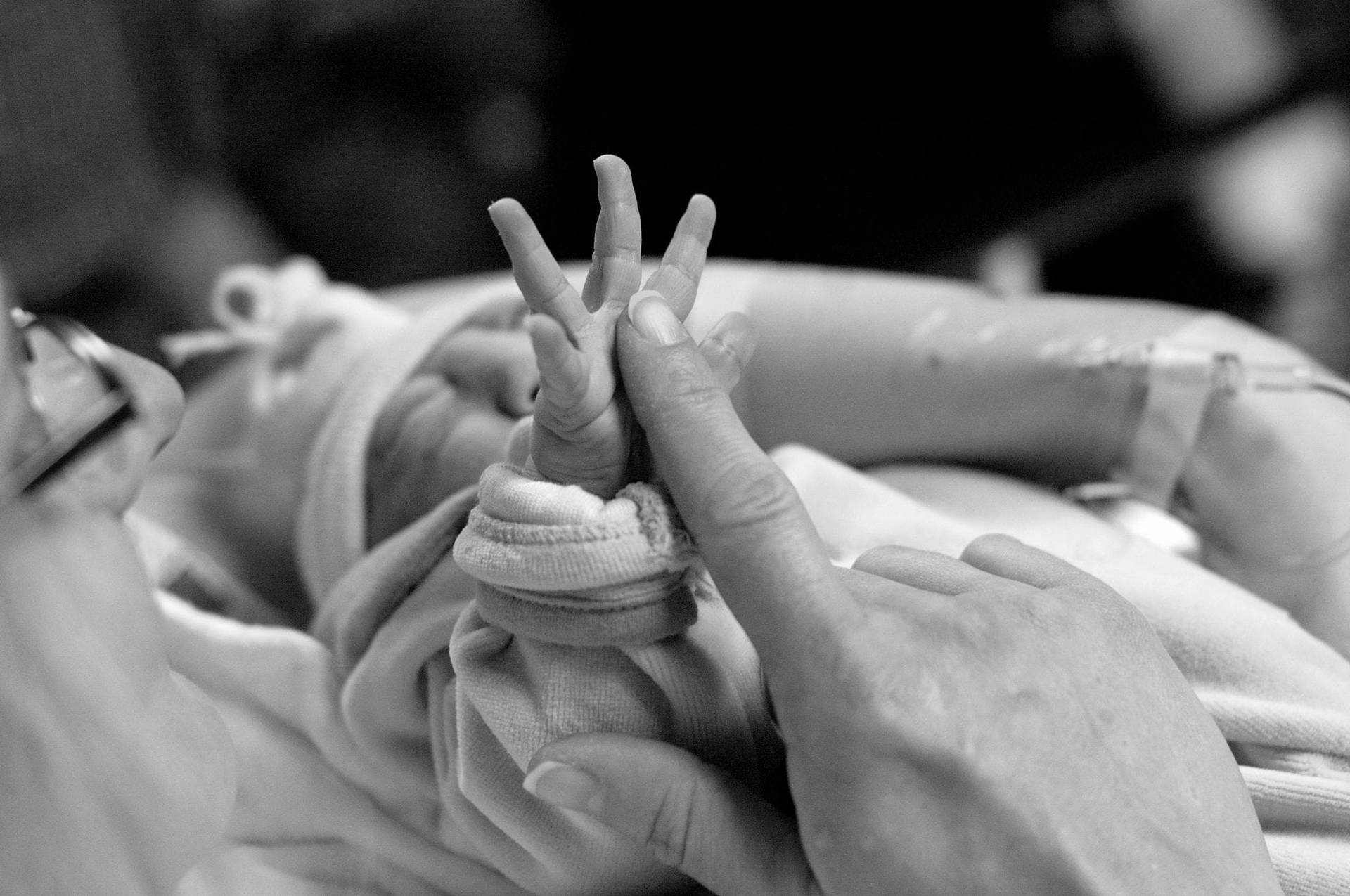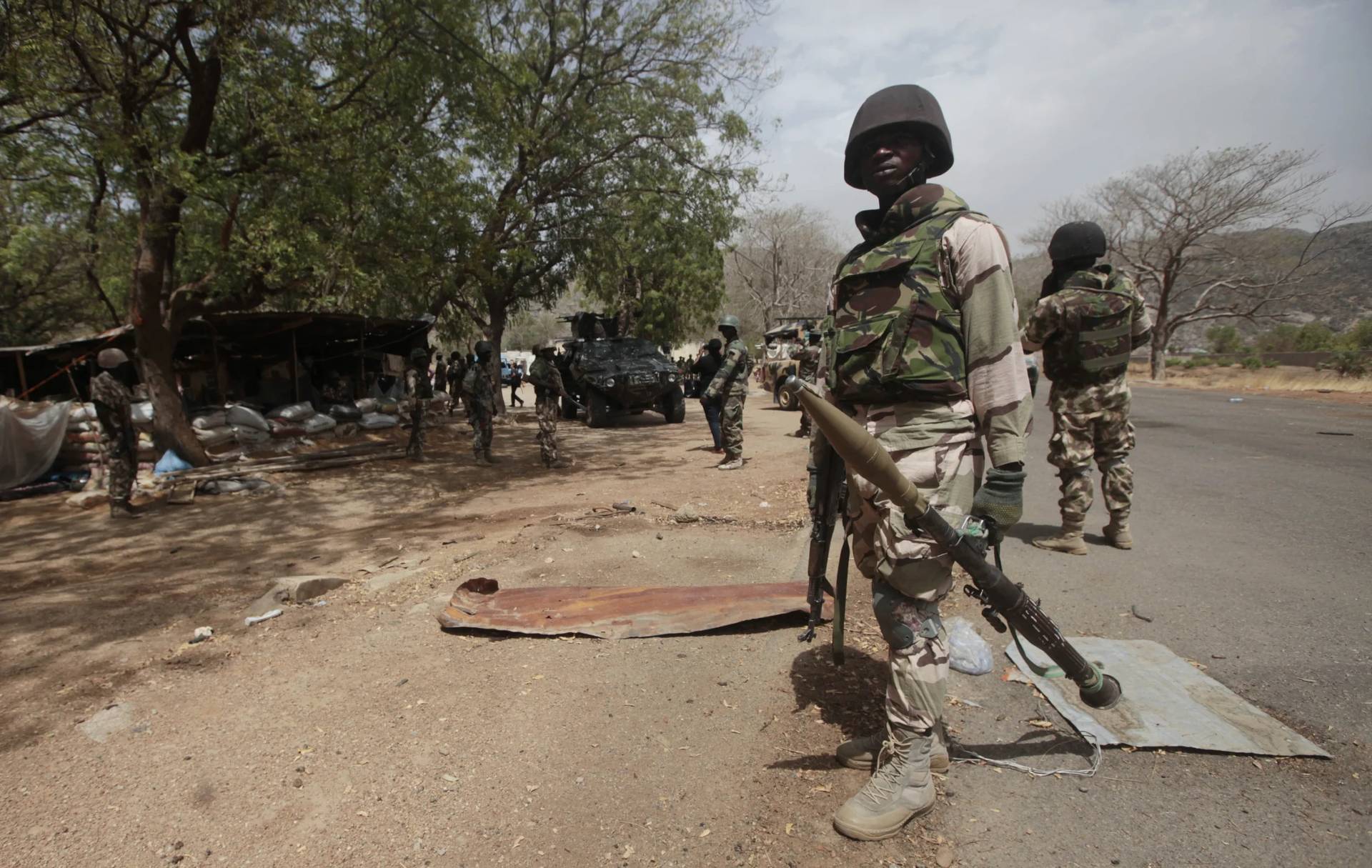Among recent home-video releases from the Criterion Collection are a pair of celebrated art films recognized by the Vatican nearly 20 years ago in a remarkable document often called the “Vatican film list.”
Released by the Pontifical Commission for Social Communications in 1995 to mark the 100th anniversary of the motion picture, the list of “Some Important Films” calls out 45 films of outstanding significance, with 15 titles in each of three categories: religion, values, and art.
The religion category includes the popular 1987 Best Foreign Film Oscar winner “Babette’s Feast” by Gabriel Axel, newly available from Criterion in a comparatively inexpensive DVD edition (around $20 via Amazon; Criterion also has a Blu-ray that sells for around $40).
[polldaddy poll=8477078]
Based on a story by Karen Blixen, the Danish film tells the seemingly simple story of a French chef named Babette (Stéphane Audran) who flees revolutionary violence in Paris in 1871 and arrives as a refugee on the Jutland coast of Denmark, where she is taken in by a pair of pious, elderly sisters named Martina and Philippa (Birgitte Federspiel and Bodil Kjer).
Martina and Philippa are daughters of a now-deceased Protestant minister for whose small, aging flock the sisters now care. In this rather ascetical, scrupulous community somehow lacking in grace and joy, Babette, a Catholic, seems little better than a heathen. And when unexpected fortune comes her way, she prepares to thank the Jutlanders for their hospitality with an extravagance alarming to their brittle sensibilities.
Sensitive, gently humorous, and ultimately quietly transcendent, “Babette’s Feast” is a celebration of the transformative power of art; it’s also a meditation on the relationship of flesh and spirit, grace and nature.
Among the films in the art category, the Vatican film list includes Luchino Visconti’s lavish historical epic “The Leopard,” winner of the 1963 Cannes Film Festival’s top award, the Palme d’Or, newly available on Blu-ray from Criterion. Opening in 1860 Sicily, toward the end of the wars of the Italian Unification (or Risorgimento), the film depicts the passing of the old aristocracy and the rise of the Italian middle classes.
As an elegiac ode to a bygone age of gentility and refinement, “The Leopard” has been compared to “Gone With the Wind,” with its opulent spectacle, battlefield sequences, and elevated soap-opera goings-on among a fallen aristocracy. (Like “Gone With the Wind,” “The Leopard” is based on a novel by an heir of the old aristocracy, Giuseppe Tomasi di Lampedusa.)
But “Gone With the Wind” sentimentalized the Old South as a “land of Cavaliers” where “Gallantry took its last bow … the last ever to be seen of Knights and their Ladies Fair, of Master and of Slave.” “The Leopard” is far more critical and jaded. “We were the leopards, the lions,” the aging prince Don Fabrizio (Burt Lancaster) bitterly declares of his class. “Those who replace us will be the jackals, the hyenas. And all of us — leopards, lions, jackals, and sheep– will continue to think ourselves the salt of the earth.”
Best remembered for its mesmerizing final act, a spectacular, 45-minute ball set piece ranking among the grandest cinematic spectacles of all time, “The Leopard” feels in a way like a cinematic museum exhibition, perhaps never more so than in a remarkable shot depicting Don Fabrizio’s noble family at a church service after a long journey — dusty, gray, motionless, looking like corpses or statues behind the brightly clad altar servers.
[polldaddy poll=”8477078″]

















